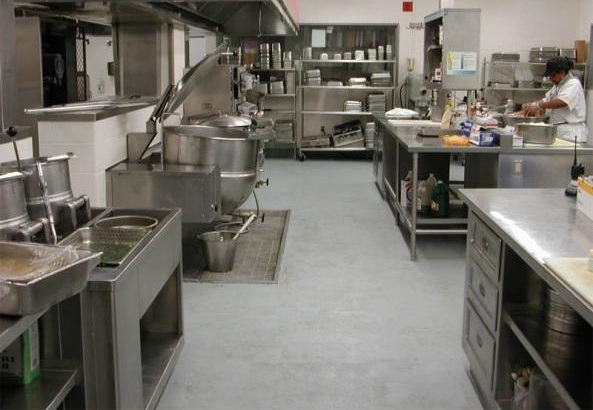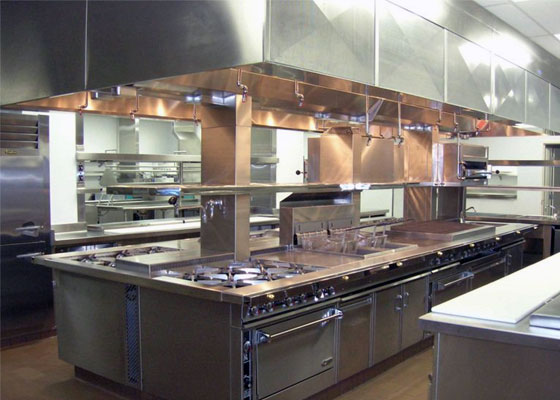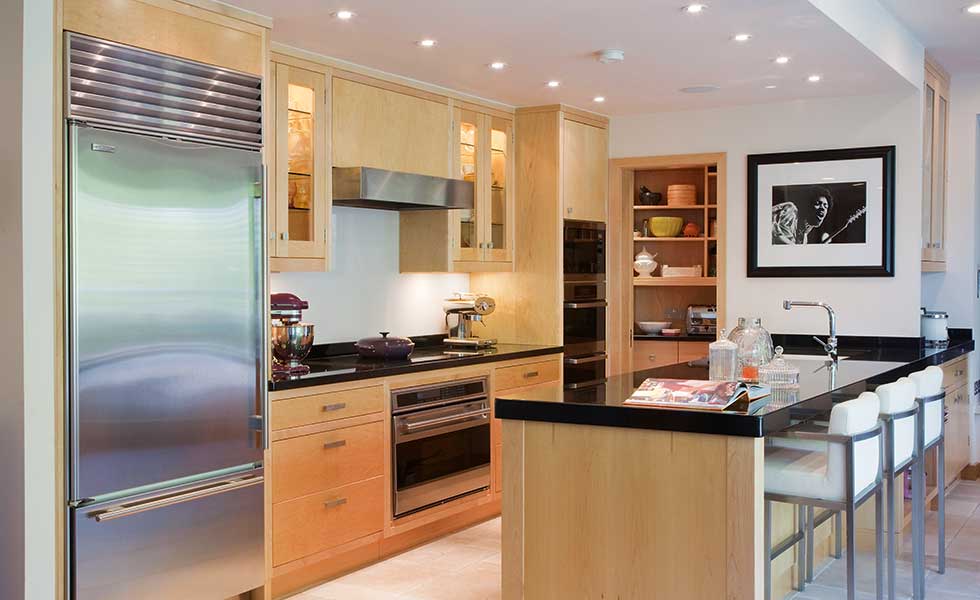Considerations for the design of a kitchen-diner
In recent times there has been an increasing trend to incorporate kitchen-diners into the design of your home. These can be very flexible and are great areas for entertaining. But a successful kitchen diner needs to be carefully planned to maximise its usefulness and to ensure it functions well as a living and working environment. This article gives yout tips and advice on what you should consider.
In recent times there hasbeen an increasing trend to incorporate kitchen-diners into the design of yourhome. These can be very flexible andare great areas for entertaining. But asuccessful kitchen diner needs to be carefully planned to maximise its usefulnessand to ensure it functions well as a living and working environment. This article gives yout tips and advice onwhat you should consider.
If your room is large enoughto be a kitchen-diner, then keep the sense of space. Raised backs on islands orpeninsulas can make the dining area feel cramped. Low cabinets attached to theback of the island soften the impact of the unit as does an island with acurved shape. Curved island units make it easier for traffic to flow betweenthe two xones which is useful when space is at a premium.
Think about what youwant to get from the space, from cooking and eating to storage, home office,entertainment centre and so on. Time spent prioritising all of theseconsiderations will pay huge dividends in the ultimate success of thekitchen-diner design.
When planning yourkitchen-diner take the positioning of the plumbing into consideration. If possible, site the dishwasher area nearthe dining area and the fridge so that it is accessible from both areas. Storecrockery close to the dining area, and position the table so that everyoneeating can see those in the kitchen. Ifthe space is not working it is better to have a practical kitchen and seatingspace elsewhere that two cramped areas.
Design the room as a whole. It is not necessary for the furniture tomatch, but do pick complimentary colours and woods for both area so that theroom feels comfortable and well balanced.
Some people like asleek look where the entire area is designed and constructed form the samematerials. Others prefer two distinct areas, subtly unified by design detailssuch as colour or texture. A singleflooring material will unite the two area, as will wall cladding in wood orglass. You can choose materials for the kitchen furniture that harmonise withthe table and chairs, or like the areas by matching the worktops to the diningtable top.
You can achieve asynergy of style between the two areas by linking colours, finishes and thestyle of the furniture. Kitchens diningrooms are essentially informal and so the furnishings and furniture shouldreflect this. To let one area floweffortlessly into the other choose the same type of flooring throughout, andincorporate the hardwood of the table top into some of the kitchen furniture orwork surface.
A kitchen-dining roomneeds a flexible lighting scheme, requiring several differently switchedcircuits or a programmable system. Youwill need high levels of ambient light for dark days. This can be set within the plinths, glazed cabinets and furniturecornices. Task lighting should be set over the work areas for foodpreparation. Make sure both task andambient lights are on dimmer switches to ensure greater flexibility in yourlighting scheme.







0 Response to "Considerations for the design of a kitchen-diner"
Post a Comment